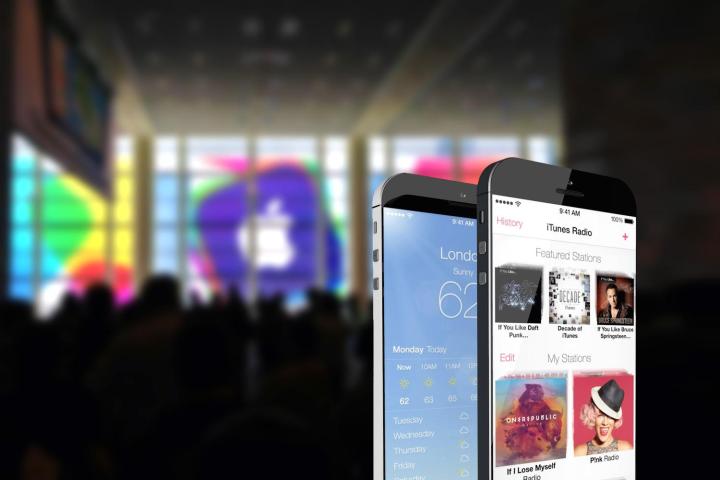
In a note sent to investors on Monday morning, Arcuri cited Asian supply chain checks as the source of his information. The note, obtained by AppleInsider, is quite technical so stick with us. It states that the 5.5-inch iPhone 6’s processor may have a larger die, which could indicate that the chipset will have more on-die silicon than the smaller model. If the die really is larger, it could mean that the A8 processor inside the larger iPhone 6 will have more graphics processing cores.
In the past, Apple has given different processors to devices in the same category. For example, the iPad Air features a faster 1.39GHz A7 processor, while the iPad Mini with Retina display comes with a slightly less powerful version of the A7, which clocks in at 1.29GHz.
It stands to reason that Apple may do the same thing with its two iPhone 6 models. Given the fact that the 5.5-inch version has a much larger screen, it could benefit from a slight boost in processing power. It’s also doubtful that the 4.7-inch version would suffer too much with fewer graphics cores.
However, although Arcuri seems to have reached the conclusion that a larger die means a faster processor with more graphics cores, it’s entirely possible that two different suppliers produced the A8 chips, resulting in a slight variation in die size, but not in overall processing power. Early reports hinted that TSMC and Samsung would split the duty of producing the A8 chips for Apple’s iPhone 6.
At this point, it’s impossible to tell, but it seems unlikely that such a small variation in clock speed would alter the performance of either model significantly. We’ll know for sure when Apple finally reveals its new iPhone models in the coming months, but in the meantime, check out our iPhone 6 rumor roundup to catch up on all the latest news about Apple’s next flagship smartphones.
Editors' Recommendations
- How to schedule a text message on your iPhone
- Best refurbished iPhone deals: Get an iPhone 14 for $513
- Best iPhone deals: Save on iPhone 15, iPhone 15 Pro Max and more
- iPhone 16: news, rumored price, release date, and more
- Why you should buy the iPhone 15 Pro instead of the iPhone 15 Pro Max


